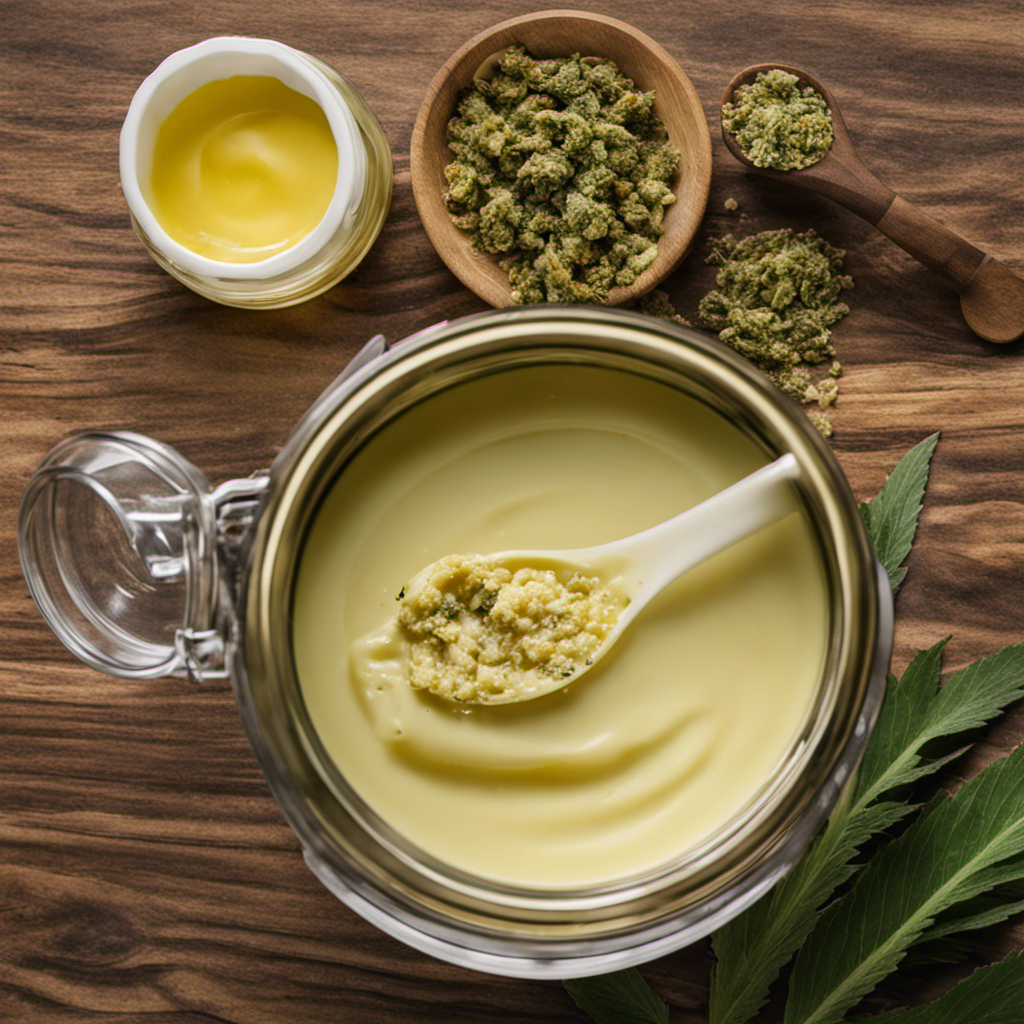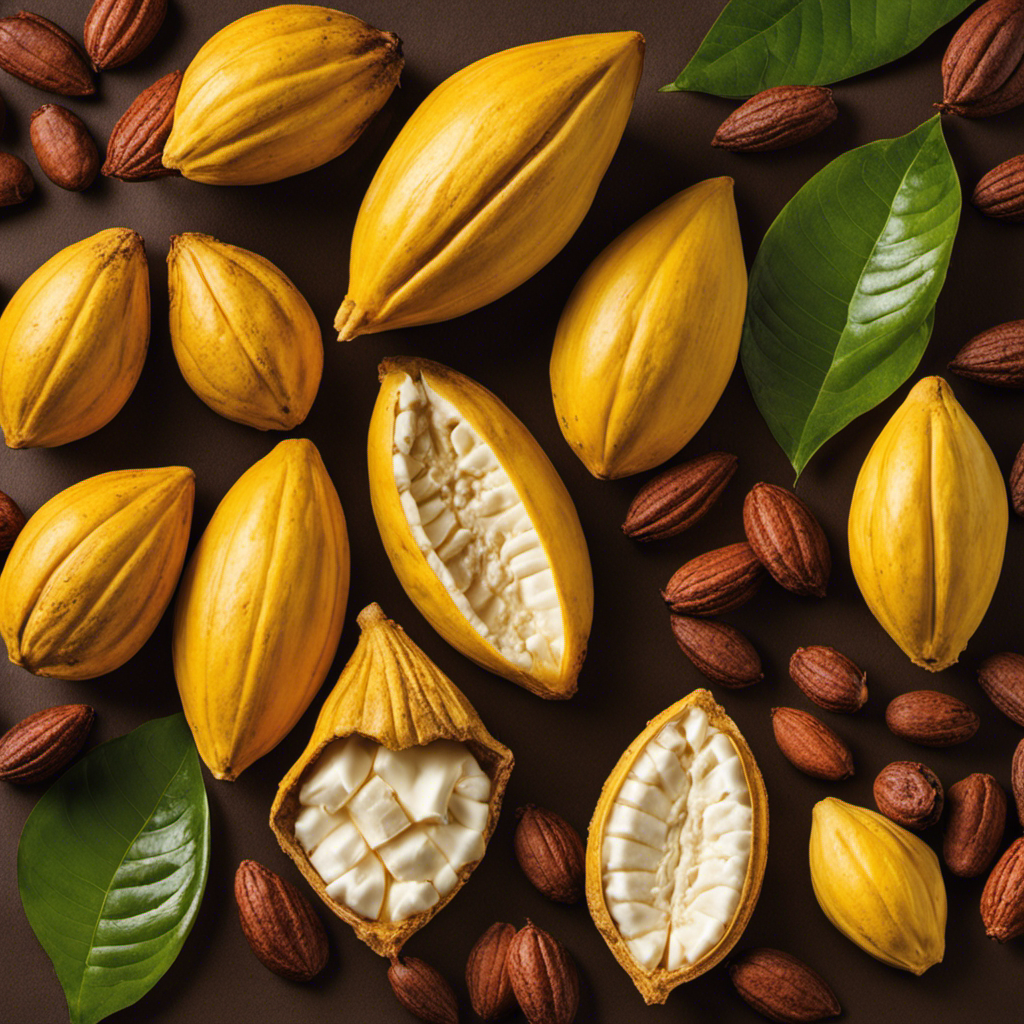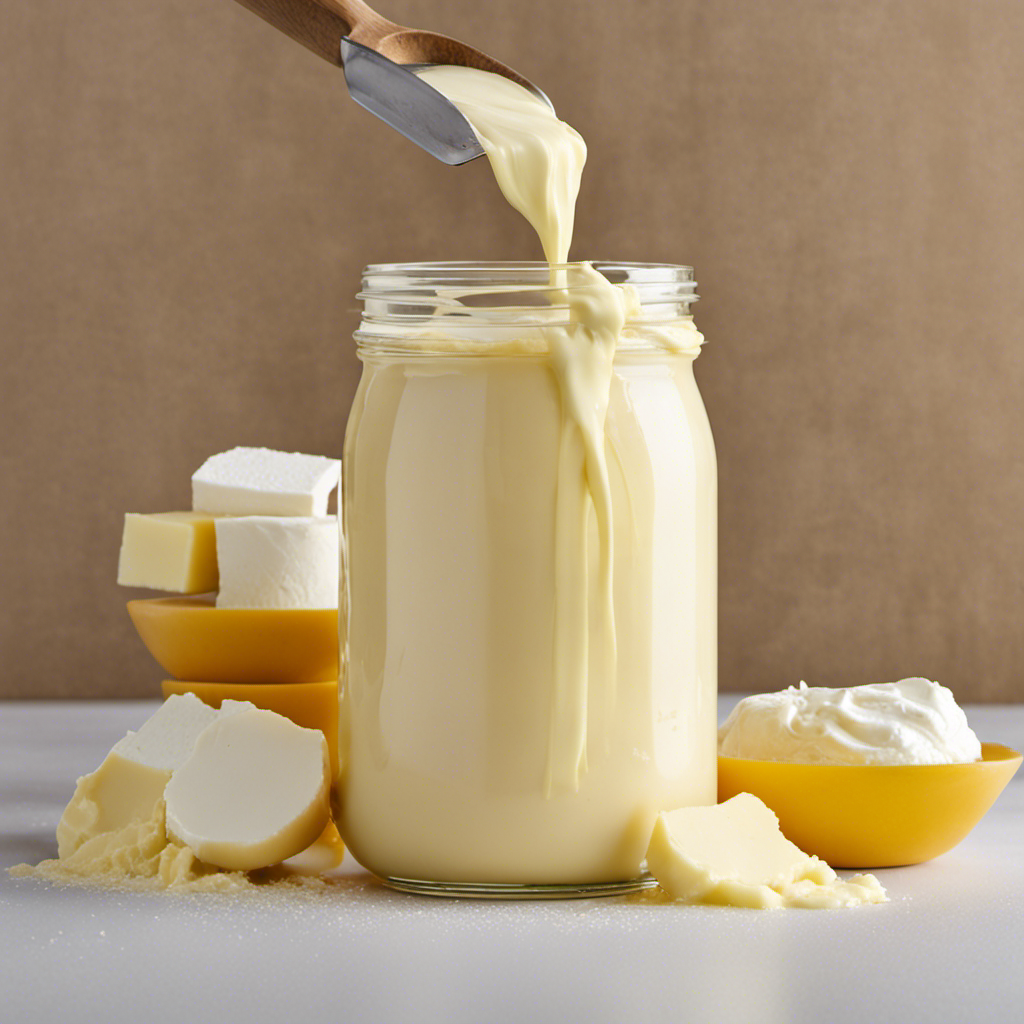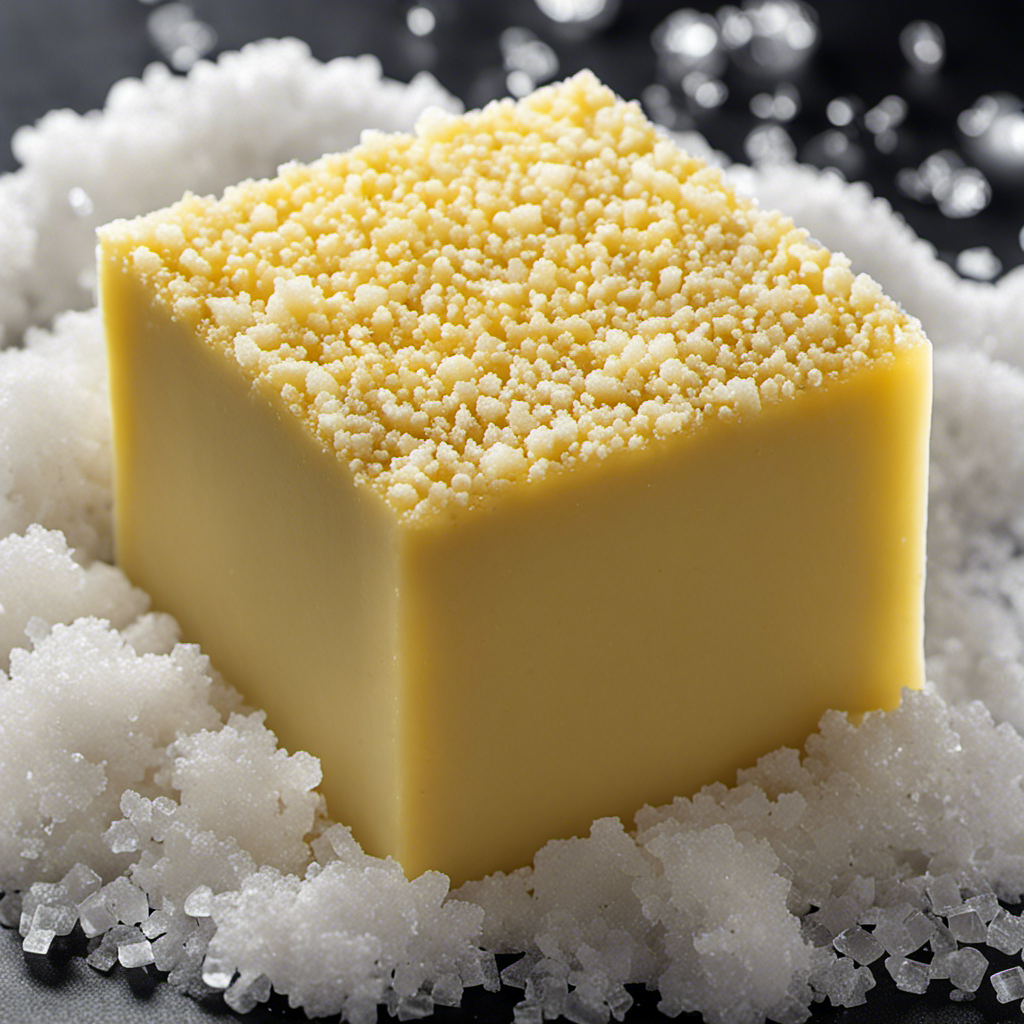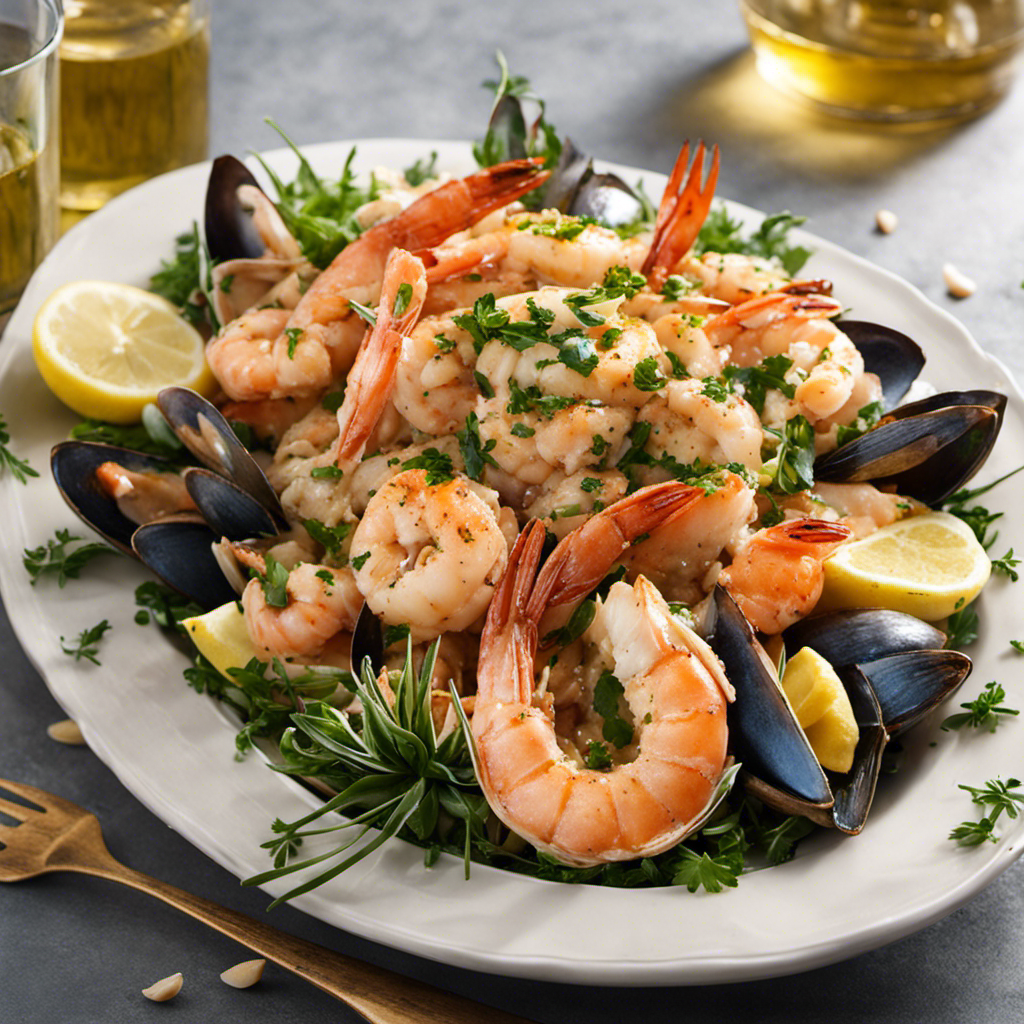I have always enjoyed trying out new things in the kitchen, especially when it involves incorporating cannabis into my go-to recipes. The mixture of tincture and butter results in a powerful and adaptable ingredient called canna-butter.
In this article, I’ll guide you through the process of making canna-butter with tincture, step by step. Get ready to unlock a whole new world of culinary possibilities and elevate your dishes to a higher level.
Let’s dive in and discover the art of infusing cannabis into butter.
Key Takeaways
- Different tincture extraction methods include alcohol and oil extraction
- Alcohol extraction produces a stronger tincture, while oil extraction provides a milder flavor
- Strain the tincture to remove any plant matter using a fine mesh strainer or cheesecloth
- Choose the right method for infusing the tincture into butter, such as the traditional, slow cooker, or sous vide method
Choosing the Right Tincture for Canna-Butter
When making canna-butter, it’s important to choose the right tincture. There are different tincture extraction methods that can be used to create the perfect tincture for your canna-butter.
One method is the alcohol extraction method, which involves soaking the cannabis in high-proof alcohol to extract the cannabinoids and terpenes.
Another method is the oil extraction method, where the cannabis is infused in a carrier oil such as olive oil or coconut oil. Each method has its own advantages and disadvantages, so it’s important to consider your preferences and needs.
The alcohol extraction method tends to produce a stronger and more potent tincture, while the oil extraction method provides a milder flavor.
Once you have chosen the right tincture, you can move on to preparing it for infusion into the butter.
Preparing the Tincture for Infusion
To prepare the tincture for infusion, you’ll need to strain out any remaining plant matter. This step is crucial in ensuring a smooth and potent canna butter. Start by obtaining a fine mesh strainer or cheesecloth. Place it over a clean bowl or container.
Slowly pour the tincture through the strainer, allowing it to flow into the container while catching any plant matter. Gently press the plant matter with a spoon to extract any residual liquid.
Now, let’s talk about the type of alcohol you should use for tincture extraction. Different types of alcohol, such as high-proof grain alcohol or vodka, can be used. These alcohols have a high alcohol content, which helps in extracting the cannabinoids effectively.
Infusing the Tincture Into Butter
Once you’ve strained out any remaining plant matter, it’s time to infuse the tincture into the butter. This step is crucial in creating a potent and flavorful canna-butter. Here are three infusing techniques you can try:
-
The Traditional Method: In a double boiler or a heatproof bowl set over a pot of simmering water, melt the desired amount of butter. Once melted, add the tincture and stir continuously for about 30 minutes. This method ensures a thorough and even infusion.
-
The Slow Cooker Method: Place the butter and tincture in a slow cooker on low heat. Let it simmer for 2-3 hours, stirring occasionally. This method is convenient and allows for hands-off infusing.
-
The Sous Vide Method: In a vacuum-sealed bag, combine the butter and tincture. Place the bag in a preheated water bath set to 185°F (85°C) and let it infuse for 1-2 hours. This method preserves the flavors and nutrients of the ingredients.
Once the infusion is done, it’s time to move on to straining and storing your canna-butter.
Straining and Storing Your Canna-Butter
After infusing the tincture into the butter, strain out any remaining plant matter and store your potent canna-butter in an airtight container. Straining is an essential step to ensure a smooth and pure final product.
There are a few straining techniques you can use. One popular method is to use a cheesecloth or fine mesh strainer to separate the liquid from the solid plant material. Gently pour the mixture through the strainer, allowing the liquid to flow into a separate container while trapping the plant matter. Press down on the solids to extract every last drop of canna-butter.
Once strained, transfer the canna-butter into an airtight container for long term storage. It is important to choose the right container to maintain freshness and potency. Glass jars or plastic containers with tight-fitting lids work well. Remember to label the container and store it in a cool, dark place to preserve the canna-butter’s quality.
Tips and Tricks for Using Canna-Butter in Recipes
Using canna-butter in recipes adds a delicious and potent twist to your favorite dishes. Here are some tips and tricks for incorporating canna-butter into your cooking:
-
Start with small doses: When cooking with canna-butter, it’s important to start with a low dose and gradually increase if needed. This will help you find the right balance and avoid overwhelming effects.
-
Opt for low heat cooking techniques: High heat can degrade the potency of canna-butter, so it’s best to use low heat cooking methods like baking or sautéing. This will help preserve the THC content and ensure a consistent dosage.
-
Experiment with flavors: Canna-butter can have a distinct herbal taste, so it’s a good idea to experiment with flavors to enhance the overall taste of your dishes. Add herbs, spices, or even citrus zest to complement the earthy flavors of canna-butter.
Frequently Asked Questions
Can I Use Any Type of Tincture for Making Canna-Butter?
Yes, you can use different types of tinctures for making canna-butter. The benefits of using specific tincture strains for canna-butter include enhanced flavor and potency. It’s important to choose a tincture that complements the desired flavor profile of your canna-butter.
What Is the Shelf Life of the Prepared Tincture for Infusion?
The shelf life of prepared tincture for infusion varies depending on the method and storage conditions. Properly stored, it can retain its potency for up to two years, ensuring long-lasting effects for your homemade canna-butter.
Can I Reuse the Strained Plant Material After Making Canna-Butter?
After making canna-butter, I can reuse the strained plant material for alternative uses. It can be used to make infused oils, teas, or even added to baked goods for an extra kick. Waste not, want not!
Can I Substitute Canna-Butter With Regular Butter in Recipes?
Substituting regular butter with canna-butter in recipes is possible, but it will have an impact on the taste and effects. The substitution options depend on personal preference and the desired outcome of the recipe.
How Long Can I Store My Canna-Butter in the Refrigerator?
In the refrigerator, canna-butter can be stored for a long time if you use proper storage methods. It’s important to keep it in an airtight container to maintain its potency and freshness.
Conclusion
In conclusion, making canna-butter with tincture is a simple and effective way to infuse your favorite recipes with the benefits of cannabis.
While some may argue that using tincture can be expensive, the truth is that a little goes a long way.
By carefully choosing the right tincture and following the steps outlined in this article, you can create potent and delicious canna-butter that will enhance your culinary creations.
So don’t let cost deter you, give it a try and elevate your cooking to a whole new level!
